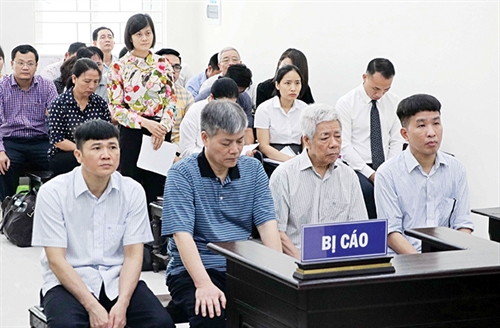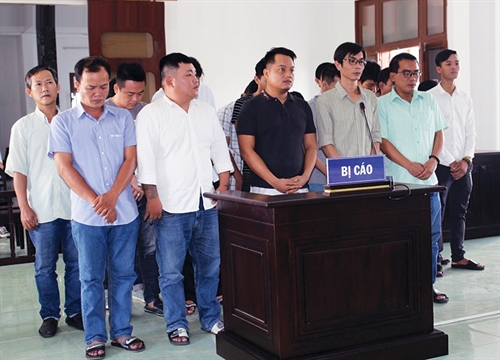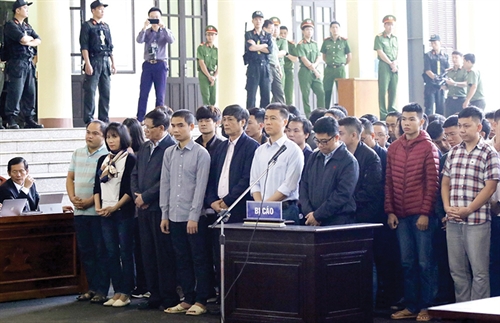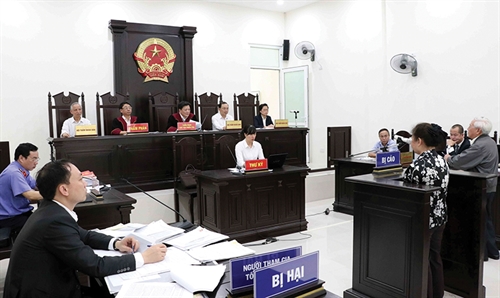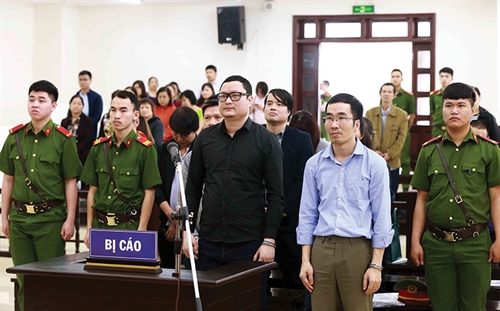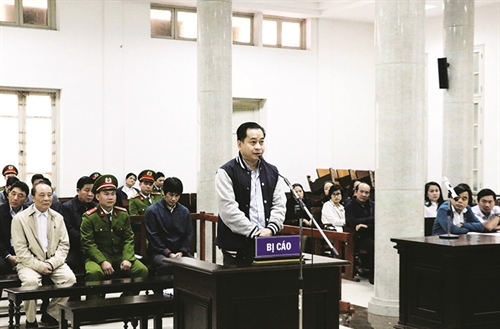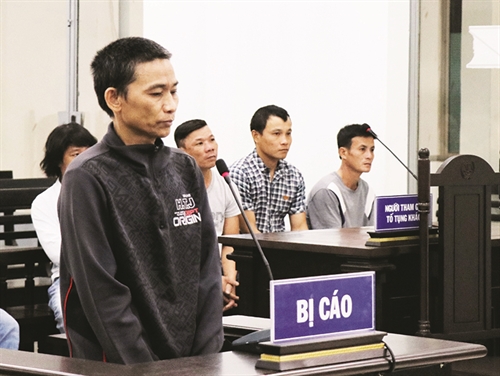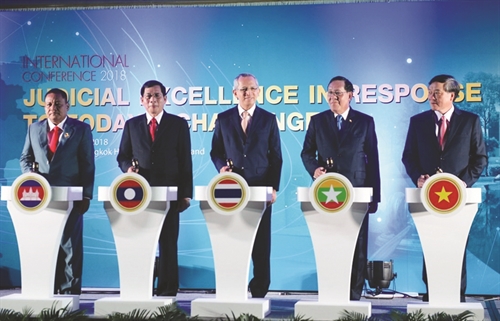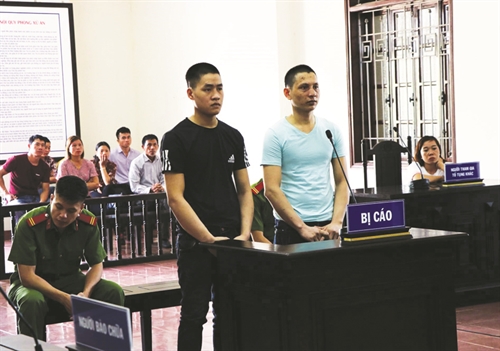Nguyen Cong Long
Justice Department, Office of the National Assembly
Overview
Any nation’s criminal justice system with imprisonment penalty needs to organize labor for inmates as it is regarded as an active measure to educate them.
In Vietnam, since 1945 the law on execution of imprisonment sentences has always considered labor a fundamental element of the inmate education regime. According to the traditional theory of combined punishment and education, labor is always a duty of inmates. Under the 2015 Penal Code (revised in 2017) (the Penal Code), inmates must serve their imprisonment sentences and work and learn so as to become useful to the society[1].
Compared to other daily activities of inmates, their working activities are to be carried out throughout their sentence serving period and exert important effects on their education and reform results. Through these activities inmates can learn working skills and generate some incomes for their future community integration. That’s why the Law on Execution of Criminal Judgments (the Law) seeks to improve the inmate labor regime primarily for raising the effectiveness of inmate education and reform.
Current state of inmate labor
At present, inmates in prisons across the country constitute a considerable workforce, which can be regarded as a fairly stable “production sector”[2]. Therefore, due importance and significance should be attached to efficiently organizing inmate labor.
According to the Government’s report on judgment execution, at present inmate labor is largely used for simple and low-productivity farm or handicraft work. As a result, the value created from inmate labor remains low, mostly contributing to improving their food rations and reinvesting in labor organization and vocational training activities at prisons. This situation has significantly reduced the effectiveness of inmate education and reform and affected their community integration.
One of the reasons behind this reality is the closed inmate labor organization mechanism established by the current law on execution of criminal judgments, under which prisons organize production activities in a self-sufficient spirit without association with enterprises. Unfortunately, the Government’s proposals on a new inmate labor regime were not voted for by the National Assembly while passing the law because of lawmakers’ concerns about inmates’ failure to strictly serve their imprisonment sentences if sent to work in establishments outside their prisons[3].
For the above reasons, the renovation of the inmate labor regime sets forth the following requirements:
• Ensuring the model of production organization within areas under the management of prisons, while giving autonomy to prisons as labor organizers and creating a mechanism to attract enterprises and individuals to invest in production.
• Adhering to the market economy’s rules and taking into account market elements such as labor value, participation in commodity production chains and fair competition in the process of production organization in prisons.
• Ensuring transparency and preventing exploitation and abuse of inmate labor in conformity with the regulations on human rights.
• Institutionalizing the lawmaking principle of ensuring compliance with treaties to which the Socialist Republic of Vietnam is a contracting party, especially the requirement on full translation into domestic regulations of relevant treaties, including the 1930 Forced Labor Convention (No. 29) of the International Labor Organization (ILO)[4].
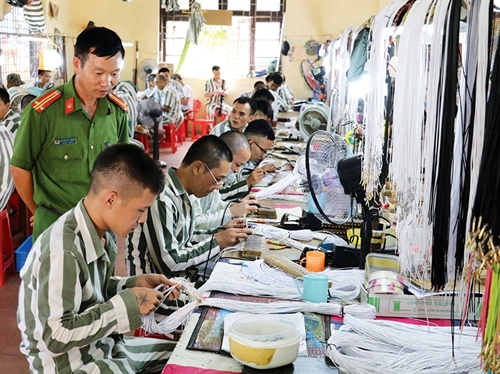 |
| Inmates in Ninh Khanh prison (under the Ministry of Public Security) during working hours__Photo: VNA |
New provisions on the inmate labor regime
The Law adds only one new article providing for inmate labor[5]. However, with this article, the inmate labor regime has been substantially renovated.
Firstly, the principle of labor organization remains basically unchanged compared to the 2010 Law on Execution of Criminal Judgments, which states that labor of inmates must be suitable to their age and health and meet the inmate management, education and community integration requirements. However, in compliance with the ILO Forced Labor Convention 29, the Law adds a provision that inmates must work under the supervision and management of their prisons or detention camps[6]. Together with the legalization of cooperation between prisons or detention camps and outside entities in organizing inmate labor in Article 33.1, this provision not only defines the responsibility of incarceration facilities but also provides a mechanism for preventing the “transfer” of the right to use inmate labor of judgment execution agencies to enterprises - which is prohibited by Convention 29.
Regarding working time, the Law sets the maximum number of hours and total number of working days (eight hours a day and five days a week) and adds a provision requiring prisons to apply necessary measures to ensure safety and health for working inmates.
Secondly, the inmate labor regime additionally specifies four cases in which inmates are exempted from labor when they (a) are ill or physically unfit for labor as certified by medical centers of prisons; (b) are receiving medical treatment at a medical establishment; (c) having children aged under 36 months who are living together with them in prisons and get a sickness as certified by the prisons’ medical centers, and (d) are pregnant, for female inmates, and entitled to prenatal and postnatal leave in accordance with the labor law.
Thirdly, the Law adds Article 33 in order to officially prescribe the organization of inmate labor which is currently governed by sub-laws[7]. This Article clearly defines the responsibility of prison wardens to make annual inmate labor plans. In addition to basic factors which prison wardens must take into consideration, such as age, health, gender, sentences, characteristics and severity of crimes of inmates, available land areas and other conditions of their prisons under current regulations, cooperation between prisons and outside entities in organizing inmate labor is officially legalized. This is the most notable new provision of the Law, enabling incarceration facilities to attract social resources in organizing inmate labor with a view to efficiently utilizing this special labor force.
Fourthly, regarding the use of inmate labor outcomes, the Law retains provisions on setting up funds from inmate labor outcomes[8]. However, spending items covered by earnings from inmate labor are structured in a more rational manner. For example, rewards for inmates who record merits in labor are replaced by partial payment of remuneration for inmates who have personally engaged in production activities or financial support for inmates who have labor accidents. This is the first time in the country’s criminal justice history the law on execution of criminal judgments provides for payment of remunerations for working inmates. From the humanitarian perspective, this is an outcome of great efforts of the Vietnamese State and lawmakers in implementing the United Nations General Assembly’s Resolution 45/111 dated December 14, 1990, on Basic Principles for the Treatment of Prisoners.[9]
It should be noted that given practical labor conditions of prisons at present, the value created from inmate labor is still limited, making it impossible to fairly and fully calculate remunerations payable to working inmates like those for employees of normal enterprises. That’s why the Law prescribes the general principle of partially paying remunerations for working inmates while assigning the Government to concretize this principle.
In sum, although it is not expected to have a “breakthrough” solution to “liberalize” the working capacity of inmates as proposed in the Government’s provisions permitting inmates to work at production establishments of enterprises outside their prisons, we can see that the inmate labor regime introduced in the Law shows a substantial development in three aspects: (i) improved organization of inmate labor; (ii) transparency and better guarantee of lawful interests of inmates, and (iii) translation of provisions of relevant treaties to which Vietnam is a contracting party into domestic laws.-
